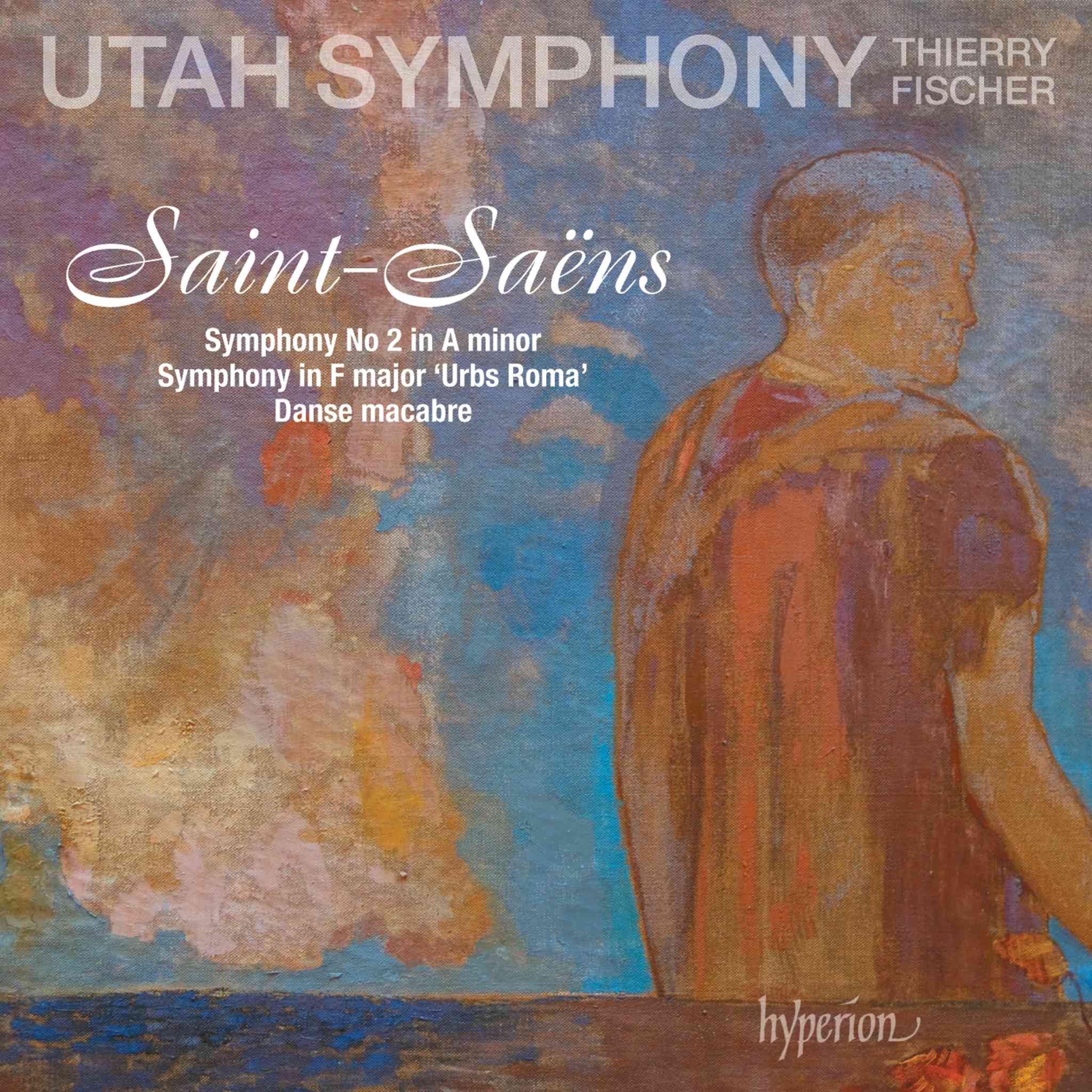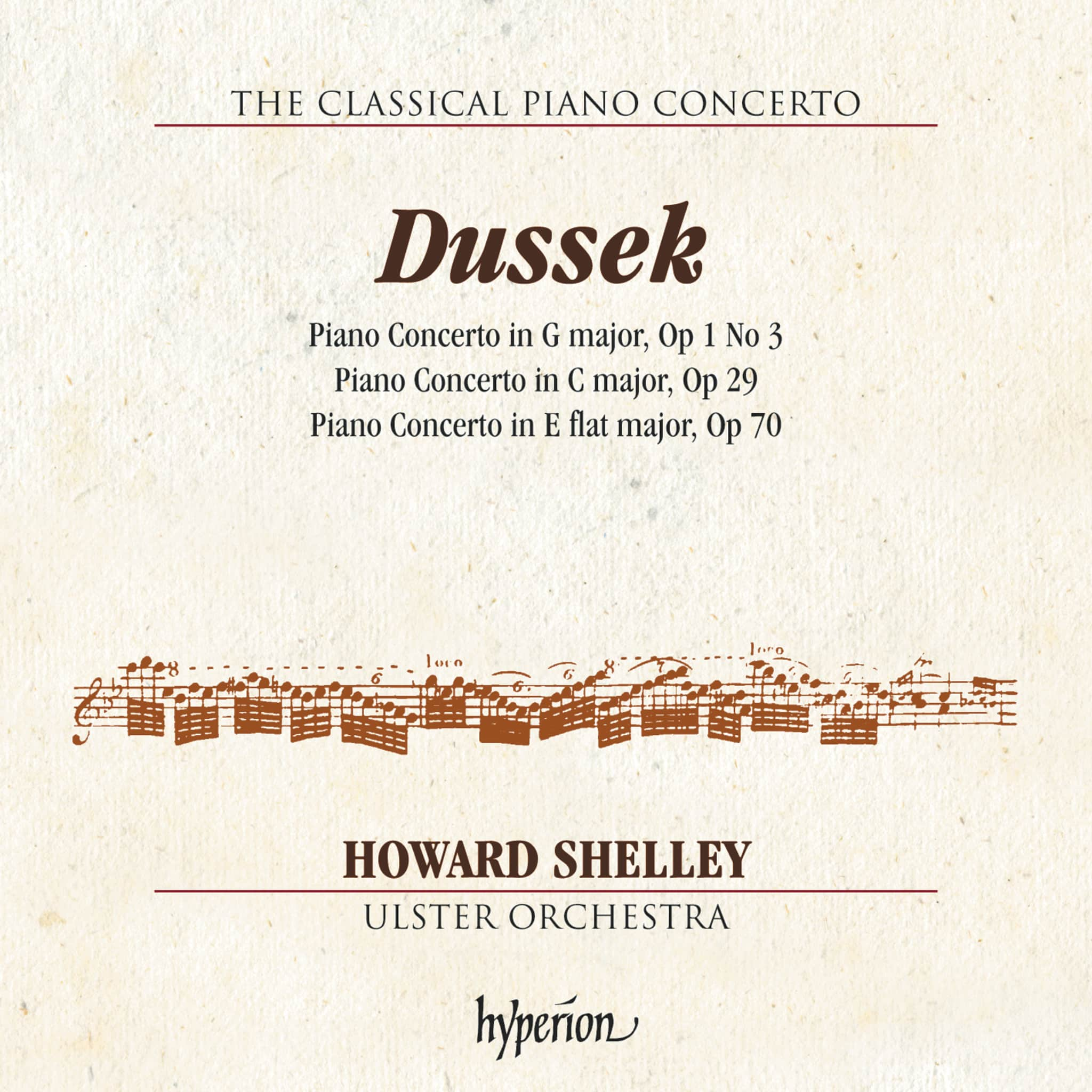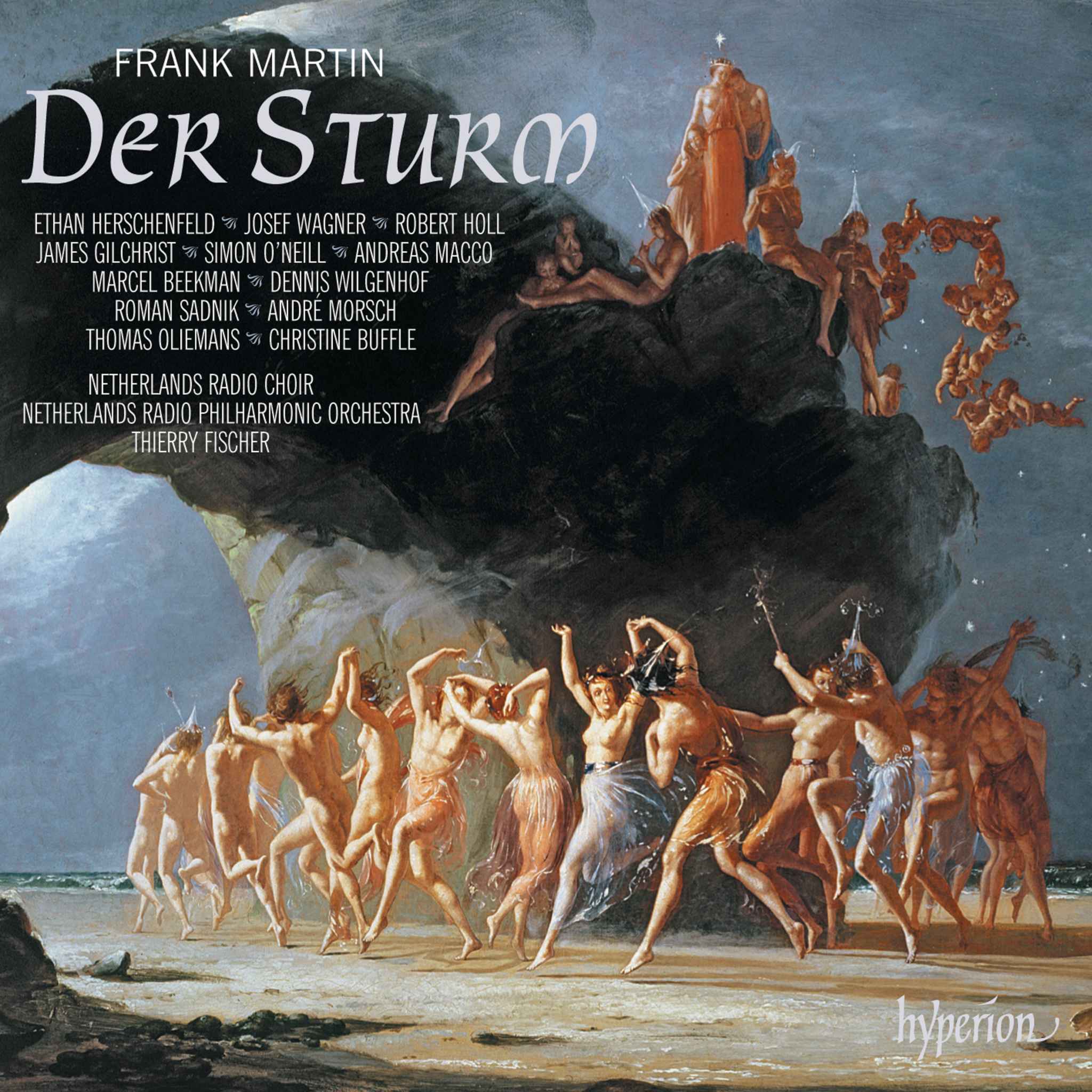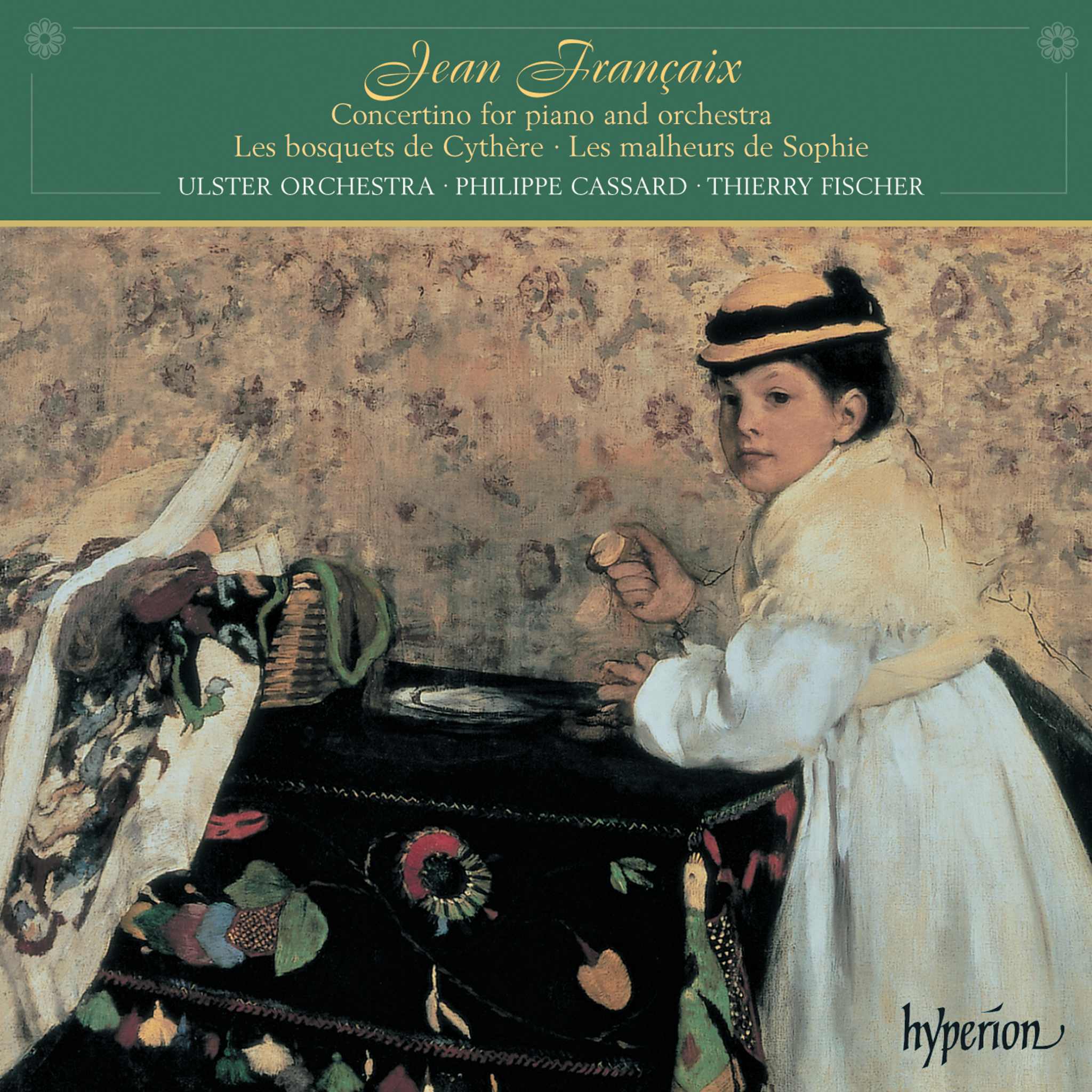Album insights
At the end of the 18th century, only the flute was primarily played as a solo instrument among the four represented here. These four works also reveal the composers in an unusual light, as they were mainly known in other musical realms: Paisiello and Grétry for operas, Stamitz for symphonic pieces, and Garth for church music. Each concert clearly showcases the relative significance of form, structure, melody, and harmony, reflecting the characteristic style of the composer's country and perhaps even the lifestyles of the composers and performers at that time.
It is surprising that, apart from the English composer, all of them extensively traveled beyond their own countries during their musical careers. England was relatively isolated from the international music scene of that time, and John Garth's compositions, including six cello concertos, reflect a natural yet somewhat untamed individualism. In contrast, continental composers were exposed to diverse musical and societal influences, which inevitably influenced their music. For instance, Paisiello tried to introduce Italian music at the Russian court in St. Petersburg in 1776, while Stamitz may have popularized Germanic music there in 1790. These composers also traveled to Paris, a musical hub where Grétry eventually settled.
Grétry, born in Liège, was driven by a desire for fame and wealth. He honed his craft in Rome and quickly mingled in Parisian high society circles. Through him, Italian opera became fashionable in Paris, with his focus on setting words to melody, gaining him connections with influential writers and wealthy patrons. Paisiello, favored by Napoleon, eventually tired of traveling and settled back in Naples, the natural home of singing. He became famous for his over a hundred operas, known for their melodious and graceful, albeit simplistic, nature.
However, instrumental music found its true home in Germany, where a fascination with abstract musical structures gave rise to the later concert form. Carl Stamitz, the most renowned musician of his family, was influenced by the innovative Mannheim School. This family significantly contributed to giving expression to instruments—and consequently to the orchestra in its current form. Stamitz's Viola Concerto Op. 1 rightfully earned its place in the standard repertoire. The first movement, in an expanded sonata form, allows the viola to exhibit its virtuosic capabilities while the orchestra contrasts the gentle tone of the viola with clarinets instead of oboes.
Paisiello's concerto, initially part of a group of harpsichord concertos, sounds delightful on the harp. Its simple structure highlights picturesque motifs, with the second movement unfolding a subtle drama, leading to a playful contrast in the final movement. Grétry's concerto, in the key of C major, particularly in the tutti sections of the first and last movements, evokes operatic scenes, exuding confidence and boldness, reminiscent of his Parisian operas. In this piece, the flute echoes a heroic tenor or a theatrical protagonist. The motivations behind church musician John Garth's composition remain unknown, but the robust cello score serves as a prime example of the evolution from Baroque concerti grossi to modern concertos in the 18th century.








